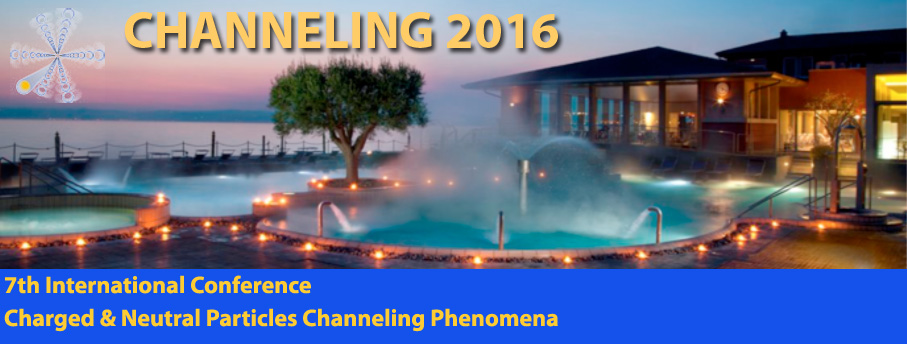Speaker
Dr
Artur Aramyan
(IAPP NAS RA)
Description
The presented results of model numerical calculations indicate that at the ionization with a strong shock wave travelling at supersonic speed, the air must «glow» with low frequency electromagnetic radiation (1-2 MHz), just as the solar wind generates the aurora borealis as a result of interaction with the magnetic field of the Earth.
The results of ground-based observations of the process of strong shock wave propagation are given in [1]. It was shown that the propagation of the strong shock wave is followed with (a) Very Low Frequency electromagnetic radiation (2-5 kHz, VLF) and (b) low frequency acoustic signal ( 1 kHz). An obvious explanation of these effects is given.
The results of numerical calculations conducted in the present work show that at the propagation of strong shock wave in the atmosphere, both the VLF electromagnetic radiation (2-5 kHz) [1], and the low frequency one (1-2 MHz) must be generated. The latter radiation is due to the action of the magnetic field of Earth on the directed supersonic flow of air ionized by a shock wave.
Reference
1. A.R. Aramyan, S.A. Aramyan, S.G. Bilen, L.Sh. Grigoryan, H.F. Khachatryan, Chin. Phys. Lett., Vol. 32, No. 3 (2015) 034101.
Authors
Prof.
Artak Mkrtchyan
(Institute of Applied Problems of Physics NAS RA)
Dr
Artur Aramyan
(IAPP NAS RA)
Dr
Hrant Khachatryan
(Institute of Applied Problems in Physics)
Prof.
Levon Grigoryan
(Institute of Applied Problems in Physics)
Co-authors
Ms
Anush Sargsyan
(IAPP NAS RA)
Dr
Michel Parrot
(LPC2E/INSU/CNRS)
Prof.
Sven Bilén
(The Pennsylvania State University)

